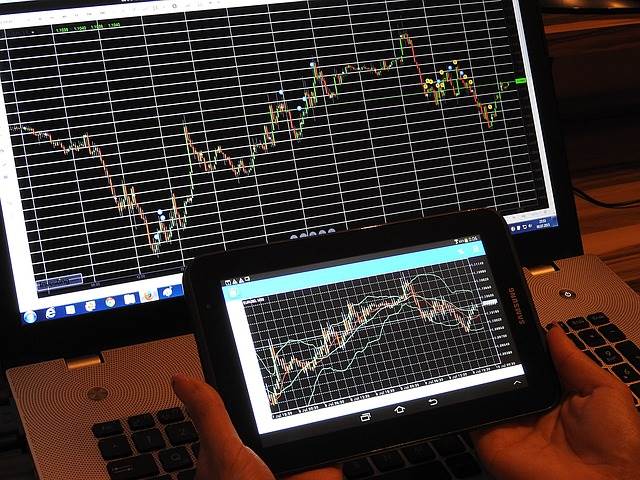 I’ve written a couple of items lately about how it is hard trading Forex these days, both because of relatively low market volatility in the major currency pairs, and because the year of 2017 has been a time when both traditional mechanical trend-following and mean-reverting strategies have produced losses. These sparse conditions have provided an often-barren playing field for traders, especially during the first couple of days of the week, when there is usually little news scheduled. Mondays lately have been all but dead. Yet over the last 24 hours we have seen major central bank policy announcements from the U.S. Federal Reserve, the Bank of England, the European Central Bank, and the Swiss National Bank: all that is missing from the list is the Bank of Japan! Yet even now we are seeing all these currencies do nothing but very ordinary movements. What to make of it all?
I’ve written a couple of items lately about how it is hard trading Forex these days, both because of relatively low market volatility in the major currency pairs, and because the year of 2017 has been a time when both traditional mechanical trend-following and mean-reverting strategies have produced losses. These sparse conditions have provided an often-barren playing field for traders, especially during the first couple of days of the week, when there is usually little news scheduled. Mondays lately have been all but dead. Yet over the last 24 hours we have seen major central bank policy announcements from the U.S. Federal Reserve, the Bank of England, the European Central Bank, and the Swiss National Bank: all that is missing from the list is the Bank of Japan! Yet even now we are seeing all these currencies do nothing but very ordinary movements. What to make of it all?
Fundamentally, the dull picture makes sense, as every single bank is taking care for their currency not to get too strong, and more importantly, they have the means to make this happen easily in the prevailing environment. There is also relatively low volatility in major stock markets, even though some of them are in very strong bullish trends. So, the low-volatility environment makes sense. Technically, studies of volatility in financial markets have shown two statistical tendencies: that volatility tomorrow tends to be similar to today, and that unusually long periods of low volatility eventually end in explosive periods of high volatility. The takeaway from this is that you should expect a continuation of low volatility in the major Forex and stock markets, but that it will eventually end in much bigger price movements. When this happens, if you are staying out in the meantime, this should be a productive time to get back in the market. If you are going to give Forex a break, check the average volatility daily and come back when it starts to go up for two or three days. If you are going to trade actively within this low-volatility environment, look to trade a strong trend, such as the Dow Jones 30 stock market index long. Most Forex brokers offer such non-Forex instruments.

